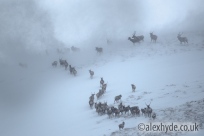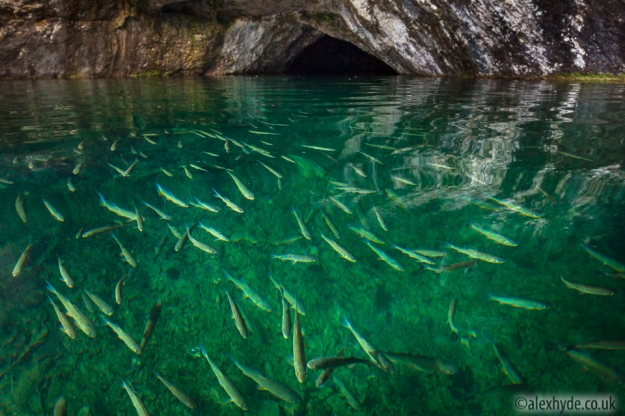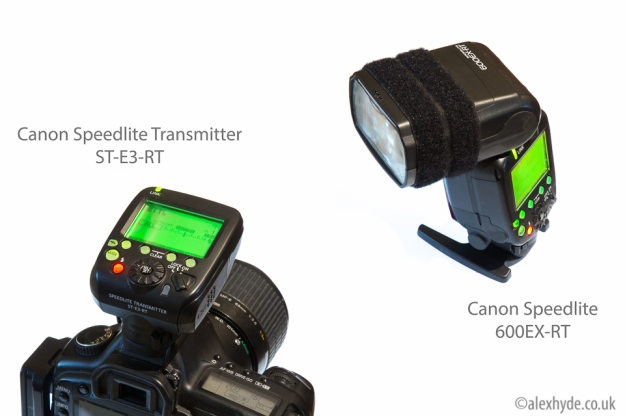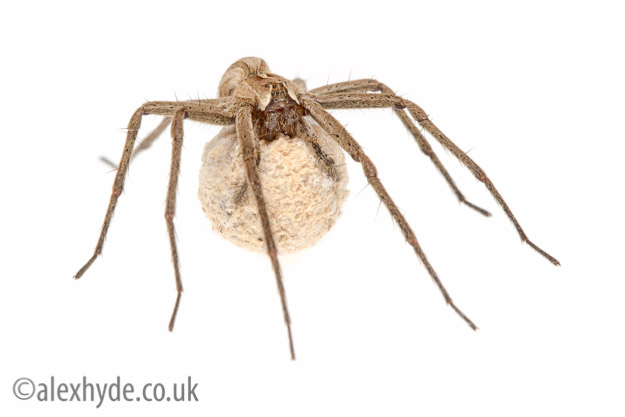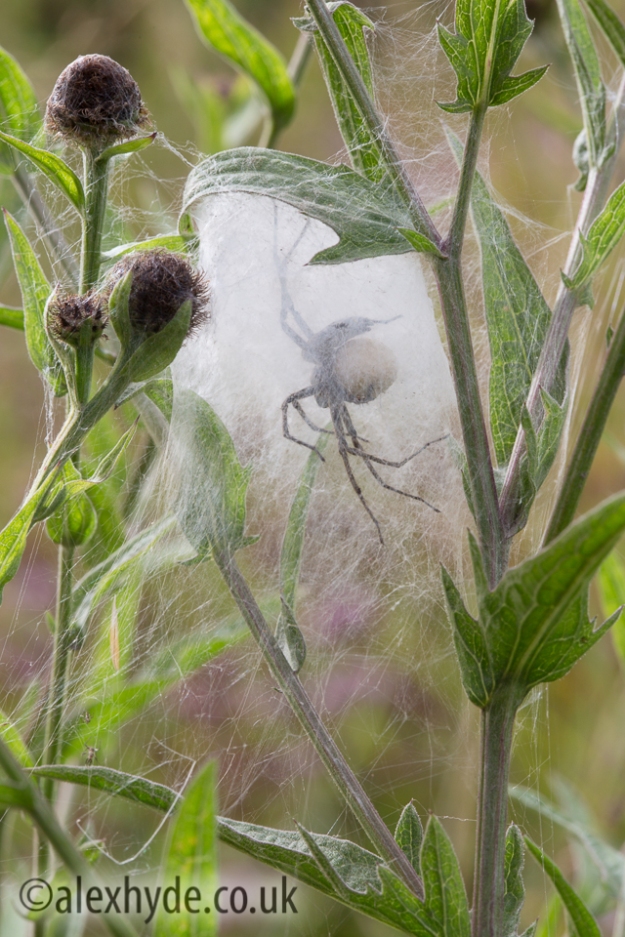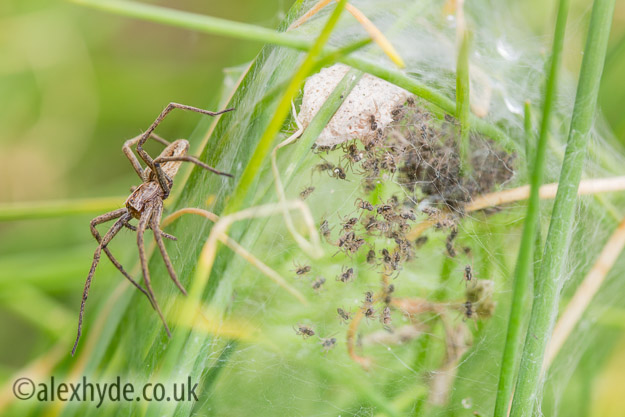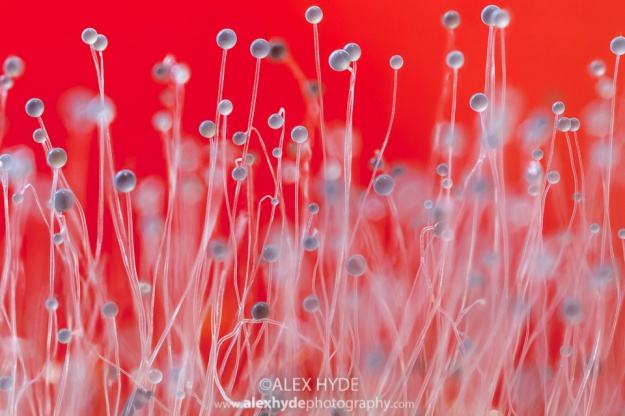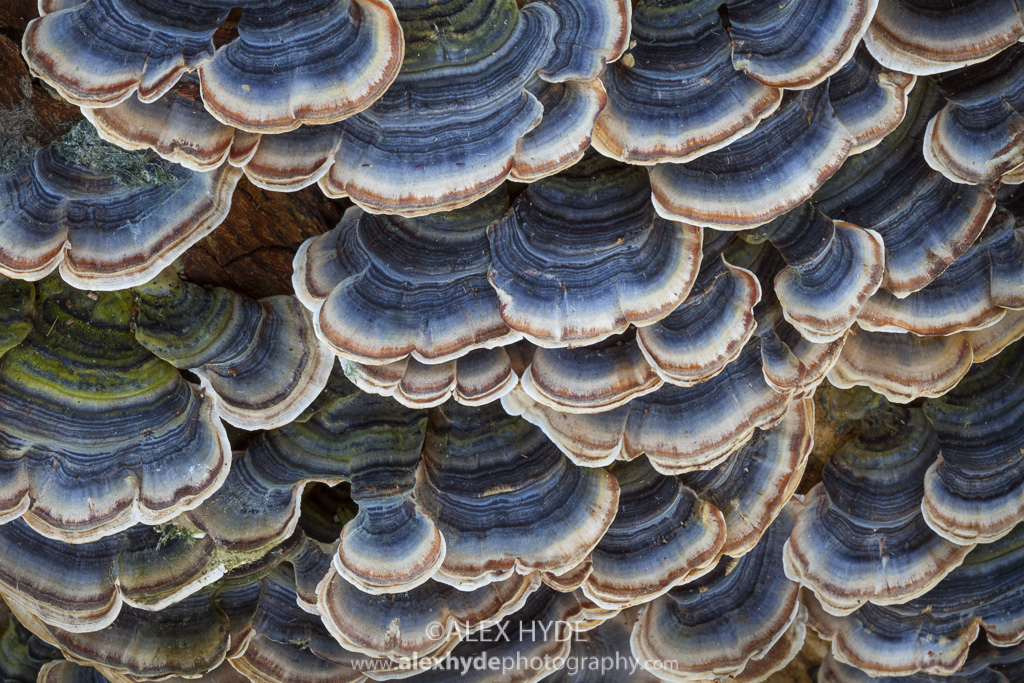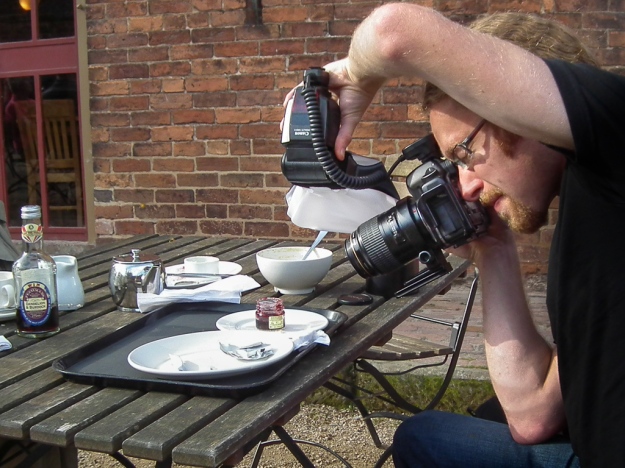September 11th, 2013
I live in Derbyshire which has no coastline, so I always get excited when I visit the seaside. A couple of hours exploring rockpools at low tide always turns up some exciting macro photography opportunities, and in this post I am going to look at some of the techniques I use.

Tidal pool, Carsaig, Isle of Mull, Scotland, UK. June.
Using Natural Light
The sea anemones below were photographed using natural light with a Canon 100mm macro lens. The exposure time was 0.4 seconds at f16, ISO 500 so a tripod was essential.

Beadlet Anemones {Actinia equina} in rock pool at low tide. Iona, Isle of Mull, Scotland, UK. June. – Canon 100mm macro lens
Now look at the photo below. We can see an obvious problem that any rockpool photographer will face – surface reflections. To eliminate these, try crouching directly over the rock pool to block out the reflection of the sky. If you find this difficult, a small black umbrella can be very useful. I keep a collapsable one in my camera bag for such occasions.

Reflections can cause big problems!
A polarizing filter can also remove or reduce surface reflections, but won’t always work depending on the angle you are working at. Still, it is well worth trying.
Using Flash
Flash allows us to freeze movement which can be very handy during a rockpool photography session. When using natural light, you may well end up with shutter speeds as slow as one second, and if during this time the wind ripples the surface of the rockpool or your subject moves, your shot could be ruined. With patience, it’s obviously possible to get great results with natural light, but flash can make life much easier.
Many people fear that flash will make their images look unnatural and harsh. This can certainly be the case, but needn’t be if a diffuser and an off-camera flash lead are used.

An off-camera flash lead and a flash diffuser allow you to create softer lighting in your macro flash photography.
For the shot of the blenny below, I used a single Canon 580EX II fitted with a diffuser. The diffuser has a larger surface area than the flash head, allowing the light to wrap round the subject, creating softer shadows. Using the off camera lead, I was able to position the flash to the side at such an angle that there were no surface reflections off the water. As a final trick, I placed a small piece of silver foil just out of frame to reflect light from the flash back into the composition and further soften the shadows. The soft light was important here as I wanted to show off the excellent camouflage this fish has and a harsh shadow would have outlined it instead. You can see more of my animal camouflage images here: CAMOUFLAGE GALLERY

Common Blenny {Lipophrys / Blennius pholis} camouflaged in rockpool. Isle of Mull, Scotland. – Canon 100mm Macro Lens, 580 EX II flash with diffuser
Here is a hermit crab photographed in exactly the same way.

Common Hermit Crab {Pagurus bernhardus} in a rockpool, withdrawing into shell for protection. Isle of Skye. – Canon 100mm macro lens, 580 EX II flash with diffuser
These fish eggs are tiny, just a few millimetres across so the Canon MP-E 65mm was used to get good magnification.

Eggs of Common Blenny / Shanny {Lipophrys pholis}. Isle of Mull, Inner Hebrides, Scotland, UK. Canon MP-E 65mm macro lens, 580 EX II flash with diffuser
Field Studio
Field studio in this instance means a pyrex dish supported a couple of feet above some black fabric, not exactly a Rolls-Royce setup but it works. I positioned two Canon 580EXII flash guns underneath this setup to backlight subject. Whilst light fall off and positioning of the flash guns help give a dark background, I find that a piece of dark velvety fabric ensures a true black is achieved.

Common Prawn (Leander serratus) photographed in mobile field studio. Isle of Mull, Scotland, UK. Canon 100mm macro lens, with two Canon 580 EX II flash units controlled via Pocket Wizard radio triggers.
If you buy a small aquarium net from a pet shop you should be able to catch a variety of rockpool creatures that you can photograph in a field studio like this. To minimise stress for any subjects you want to photograph, get your lighting setup worked out first, then introduce your creature. Make sure you use clean seawater, as if there is lots of disturbed sediment floating around in it, your photographs will look very speckled. I sometimes filter the water through a piece of muslin.
Let’s have a closer look at that prawn:
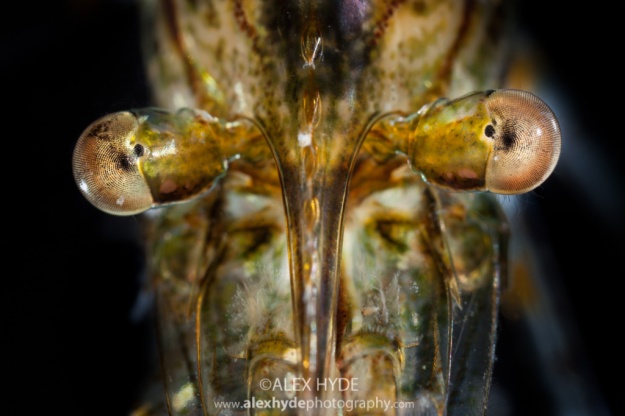
Common Prawn (Leander serratus) close up showing reflecting superposition compound eyes. Photographed in mobile field studio. Isle of Mull, Scotland, UK. Canon MP-E 65mm, lit with two 580 EX II flash guns controlled via Pocket Wizard radio triggers.
This close up was done using the Canon MP-E 65mm. The subject to camera distance here is very small, just a few centimetres. Care must be taken not to accidentally submerge the front of the lens in the water. The solution is not to overfill the pyrex dish!
Here is a final rockpool field studio shot. It is a composite image showing a range of sea creatures that were all photographed on white backgrounds and then combined in Photoshop. The setup used a white plastic food tray filled with sea water, with a flash below to create a clean white background. A second flash was positioned above to stop the subjects being silhouetted.

Rockpool creatures and seaweeds, photographed on a white background in mobile field studio. Isle of Skye, Inner Hebrides, Scotland, UK. March. Digital composite.
All images and text copyright Alex Hyde – www.alexhyde.co.uk




















